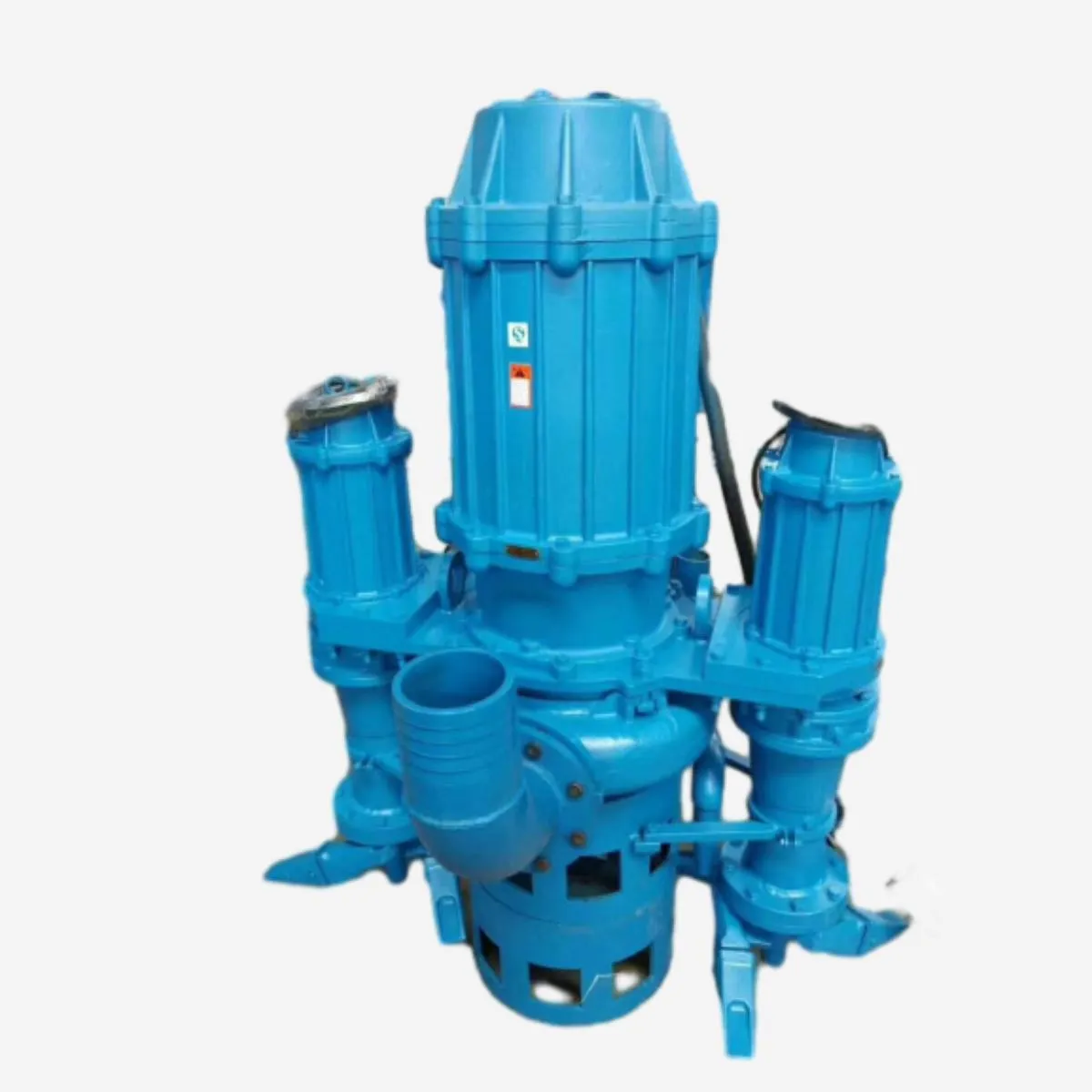Maltese
- Afrikaans
- Albanian
- Amharic
- Arabic
- Armenian
- Azerbaijani
- Basque
- Belarusian
- Bengali
- Bosnian
- Bulgarian
- Catalan
- Cebuano
- Corsican
- Croatian
- Czech
- Danish
- Dutch
- English
- Esperanto
- Estonian
- Finnish
- French
- Frisian
- Galician
- Georgian
- German
- Greek
- Gujarati
- Haitian Creole
- hausa
- hawaiian
- Hebrew
- Hindi
- Miao
- Hungarian
- Icelandic
- igbo
- Indonesian
- irish
- Italian
- Japanese
- Javanese
- Kannada
- kazakh
- Khmer
- Rwandese
- Korean
- Kurdish
- Kyrgyz
- Lao
- Latin
- Latvian
- Lithuanian
- Luxembourgish
- Macedonian
- Malgashi
- Malay
- Malayalam
- Maltese
- Maori
- Marathi
- Mongolian
- Myanmar
- Nepali
- Norwegian
- Norwegian
- Occitan
- Pashto
- Persian
- Polish
- Portuguese
- Punjabi
- Romanian
- Russian
- Samoan
- Scottish Gaelic
- Serbian
- Sesotho
- Shona
- Sindhi
- Sinhala
- Slovak
- Slovenian
- Somali
- Spanish
- Sundanese
- Swahili
- Swedish
- Tagalog
- Tajik
- Tamil
- Tatar
- Telugu
- Thai
- Turkish
- Turkmen
- Ukrainian
- Urdu
- Uighur
- Uzbek
- Vietnamese
- Welsh
- Bantu
- Yiddish
- Yoruba
- Zulu
Telephone: +86 13120555503
Email: frank@cypump.com
Oct . 11, 2024 07:05 Back to list
Designing Efficient Pumping Stations for Durable Septic Tank Systems
Pumping Stations for Septic Tanks Ensuring Efficient Waste Management
When it comes to managing residential wastewater, septic tanks play a crucial role, especially in rural areas where centralized sewage systems are unavailable. However, for septic systems to function properly and efficiently, the incorporation of a pumping station is often essential. This article delves into the significance of pumping stations for septic tanks, their functionality, components, and maintenance considerations, ensuring effective waste management for households.
Understanding Septic Systems
A septic system primarily consists of a septic tank and a drainfield. The septic tank is an underground, watertight container where wastewater from the household flows for preliminary treatment. Solids settle at the bottom, forming sludge, while lighter substances like grease rise to the surface as scum. The treated effluent then flows from the tank into the drainfield, where it undergoes further natural purification through the soil. However, gravity alone cannot always facilitate the efficient movement of wastewater, especially in areas with varied terrain or where the drainfield is positioned at a higher elevation than the septic tank. This is where pumping stations become crucial.
The Role of Pumping Stations
Pumping stations are designed to transport wastewater from the septic tank to the drainfield or to further treatment facilities. They ensure that effluent can be efficiently moved and dispersed, overcoming gravity limitations. The primary function of a pumping station is to collect, store, and pump out the wastewater when the tank reaches a certain level. This prevents the septic tank from overflowing, mitigating the risk of environmental contamination and public health hazards.
Key Components of a Pumping Station
1. Pumping Unit The heart of the pumping station is its pump, which is responsible for moving the effluent. Various types of pumps may be used, including submersible pumps and centrifugal pumps, depending on the specific requirements of the system.
2. Control Panel This electronic panel monitors the levels of waste in the tank and controls the pump’s operation. Advanced control panels can also provide alarms and alerts for maintenance issues.
pumping station for septic tank

3. Effluent Filter This component ensures that solids do not enter and clog the pumping system, thus prolonging the lifespan of the pump and maintaining efficiency.
4. Power Supply Since pumping stations require electricity to operate, a reliable power supply, and, in some cases, a backup generator are integral to their functionality.
Maintenance of Pumping Stations
Regular maintenance of pumping stations is essential to ensure their proper operation and longevity. Homeowners should schedule routine inspections to check for signs of wear and tear, monitor the functioning of the pump, and ensure the control panel is operating correctly. The effluent filter should also be cleaned regularly to prevent clogs. In addition to regular maintenance, it is critical to adhere to a pumping schedule for the septic tank, typically every 3 to 5 years, depending on the household size and usage. This routine pumping prevents the accumulation of solids that can lead to system failure.
Environmental Considerations
Properly functioning pumping stations not only ensure efficient wastewater management but also contribute to environmental protection. When wastewater is correctly treated and dispersed, it reduces the risk of groundwater contamination, protecting local ecosystems and public health. Moreover, the implementation of energy-efficient pumps and systems can further minimize the environmental footprint of septic waste management.
Conclusion
Pumping stations for septic tanks play a vital role in the effective management of household wastewater, especially in areas lacking centralized systems. By understanding their functionality, components, and maintenance needs, homeowners can ensure that their septic systems operate efficiently, thereby protecting their health and the environment. Investing in a reliable pumping station is essential for long-term waste management success, making it a key consideration for rural and semi-rural dwellers alike.
-
Large Industrial Sludge Slurry Pump Mining Wear-resistant Solutions
NewsJul.28,2025
-
High-Performance Septic Tank Pumps for Reliable Wastewater Management
NewsJul.26,2025
-
High Efficiency Horizontal Split Case Pump for Industrial Use
NewsJul.25,2025
-
Flue Gas Desulfurization Pump for Efficient Chemical Processing
NewsJul.24,2025
-
High-Efficiency Axial Flow Pump for Water Transfer & Irrigation
NewsJul.23,2025
-
High-Efficiency Horizontal Split Case Pump for Industrial Use
NewsJul.22,2025










